VoIP and telecom technology company Software Advice has released its 2015 report on small business VoIP purchase trends and, as usual, there is plenty of interesting data to sift through. The first of the key findings from the survey is that more small businesses are using VoIP than traditional services. Thirty-six percent of the buyers surveyed rely on VoIP, compared to 24 percent for POTS and 11 percent for PRI service.In light of this preference for VoIP, it’s not surprising that the combined adoption rate for cloud hosted PBX and on-premises IP PBX systems is almost twice the rate for legacy PBX systems. The split between cloud business phone systems and premises-based systems is about even. While some businesses feel an on-premises solution gives them more control over their system, small organizations often prefer cloud hosted solutions because of the reduced complexity of having the service provider manage the system. Cloud solutions also have a lower upfront cost as well.
The report also indicates that some small businesses are using SIP trunking to save money by provisioning fewer lines than employees. Unlike legacy analog services where every employee had to have a physical line, even if they rarely used it, SIP trunking only needs enough lines to support the maximum number of simultaneous calls. Eighteen percent of the organizations with 20 to 50 employees in the sample reported that they use nine or fewer lines, less than half the number of employees. While this is a great way for businesses to cut costs, there is still a need for more education on the subject as 36 percent are still provisioning a line for each employee.
Software Advice also looks at the features that small businesses consider most important. The most popular feature by far is auto attendant, which can help small organizations project the same professional image to customers as big enterprises by presenting a recording with menu options. Other essential features that rank highly are automated call distribution (ACD), internet fax, and softphone applications. Beyond these required applications, the most desired functionality is flexible call forwarding and mobile compatibility.
Lastly, the report looks at what motivates buyers to purchase a new business phone system. The top three reasons are lack of scalability, replacing an aging system, and lack of PBX applications. These challenges are closely associated with legacy systems and can be addressed by migrating to a cloud solution. Because cloud solutions don’t require the purchase of significant on-site hardware, they are much easier to scale without a large cost and don’t burden businesses with equipment that becomes outdated. Modern cloud business phone systems are also able to match the feature set of premises-based systems, with the additional benefit of greater flexibility for supporting mobile integration.
















